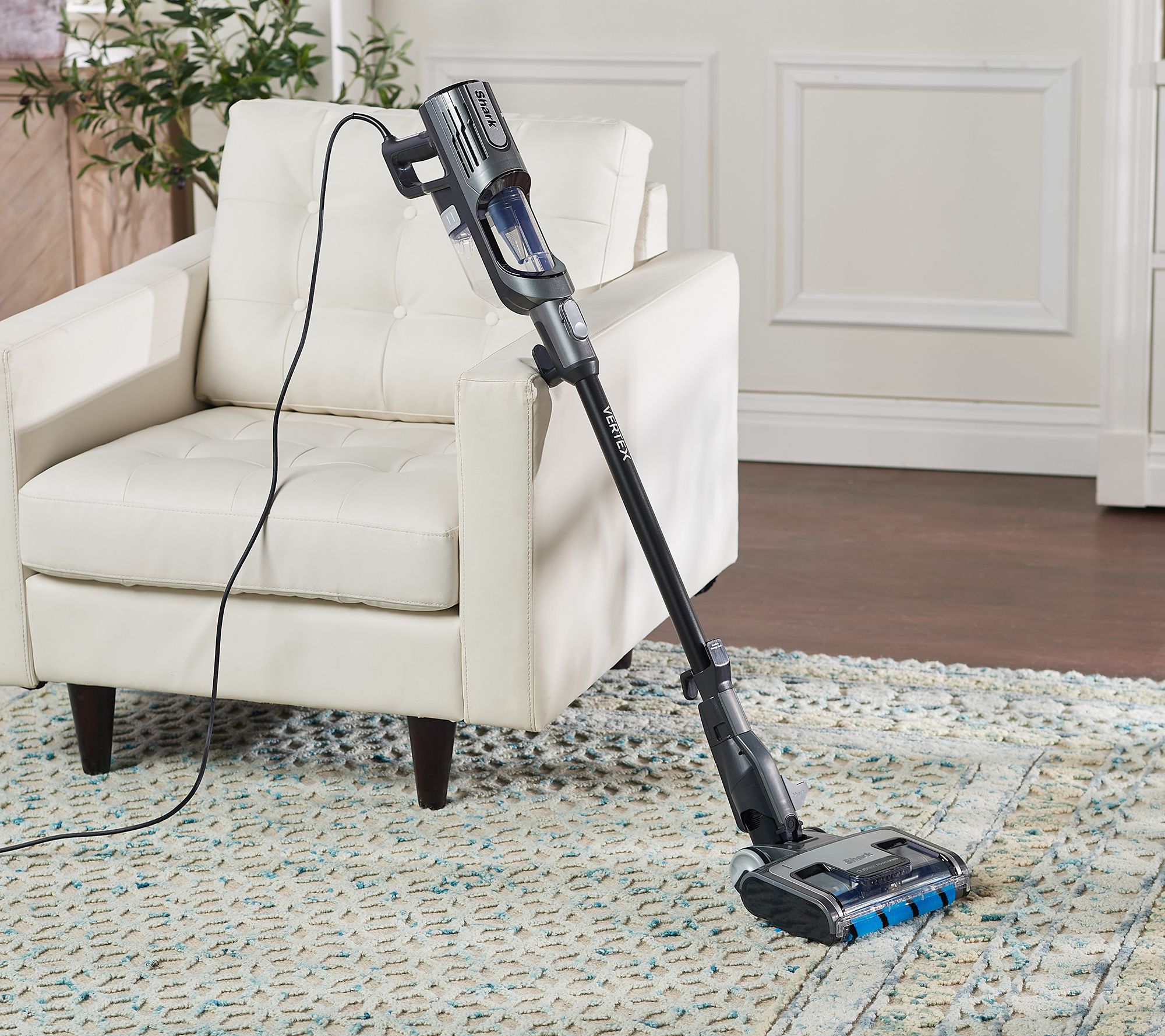Roomba® s9+ Robot Vacuum Cleaner with Clean Base® | iRobot®
Robot Vacuum with Automatic Dirt Disposal– Empties itself, Wi-Fi Connected.
Cleans up after you, and itself
Forget about vacuuming for months at a time with the Clean Base™ Automatic Dirt Disposal that allows the s9+ to empty itself for up to 60 days. With the Anti-Allergen System, 99% of pollen and mold allergens are trapped from the robot to the base so they can’t escape back into the air.
Our most advanced clean
You—and your home—deserve the best. With groundbreaking technology and a sophisticated design, the s9+ is our smartest, most powerful robot vacuum yet.
Deepest clean
With 40x the suction power*, the superior 3-Stage Cleaning System lifts, loosens, then eliminates debris and pet hair from deep within your carpets for a clean you won’t believe — with no effort from you. Automatically increases suction to clean even deeper into carpets with power boost technology.
*(Compared to the Roomba® 600 series cleaning system)
Detailed powerful clean
Detailed powerful clean
PerfectEdge™ Technology with advanced sensors and a specially designed Corner Brush optimize cleaning deep into corners and along edges. Ideal for homes with pets. 30% wider* Dual Rubber Brushes don’t get tangled with pet hair.
*(Compared to the Roomba® 600 series)
Guided by serious smarts
With vSLAM™ navigation, the s9+ learns the layout of your home and builds personal Smart Maps, enabling it to expertly clean and navigate in neat, efficient rows. And if it’s running low on battery, it charges itself and picks up where it left off to ensure the job gets done.
Additional information
| What's in the Box | iRobot® Roomba® s9+ Robot Vacuum |
|---|---|
| Retail box Dimensions | 16.52 x 19.63 x 15.75 |
| Box Weight | 26.5 lbs. |
| Robot Weight | 8.15 lbs. |
| Robot Dimensions | 12.25 inches width x 3.5 inches high |
| Clean Base™ Automatic Dirt Disposal | 12.2” W x 15.1” D x 19” H |





by Calgary
We have used the s9+ for over a year now. We have 3 dogs and 1 cat, and are in a hardwood and tile home. The roomba does a fabulous job at cleaning up after all our pets , and we run it every single day. It is a fabulous powerhouse. My only complaint is that within 1 year of using it , we have had to replace the two green brushes underneath 3 times , at a cost of $50/replacement , as they sheer easily due to their soft nature. It would be handy to have stronger brushes underneath.
by London
This is our 4th or 5th Roomba in the past 5 years. We keep upgrading to the newest/ latest/ greatest models when they come available. Our last one was the i7 plus which we really liked because of the auto emptying bin, now since we have the newest S9 plus all other do not even compare. This machine is quieter, and a lot smarter on how it cleans. One thing we really love is the fact it cleans right into the corners because of the way it’s designed. I would highly recommend the Roomba S9 + to anyone. Fantastic machine!!!